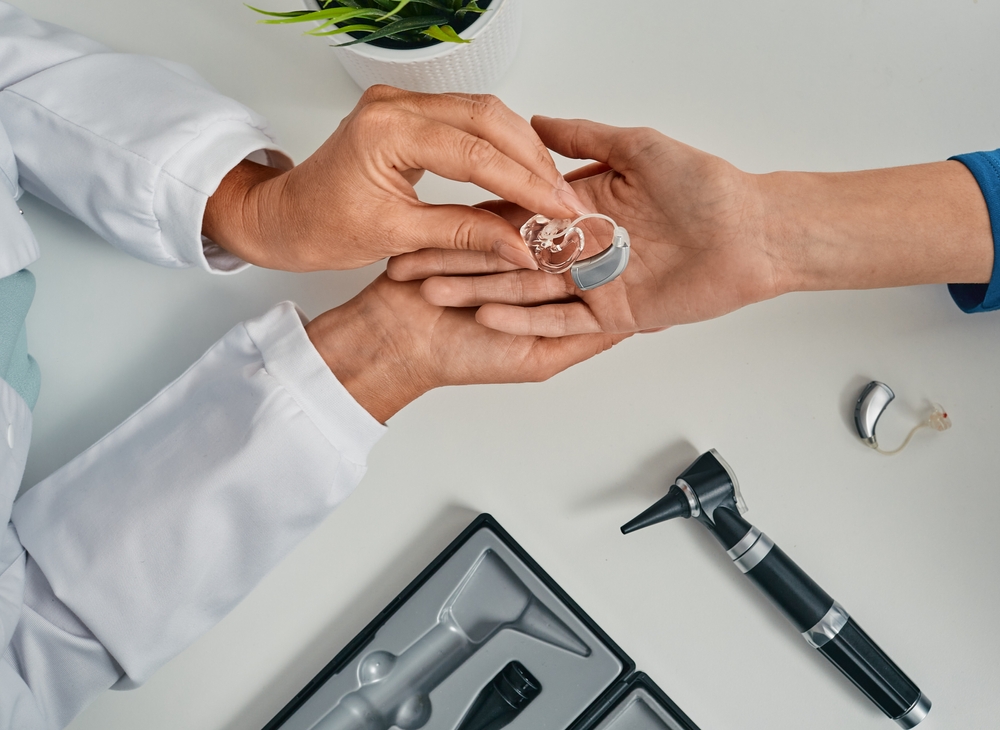
Hearing aids are vital for strengthening day-to-day communication by boosting the clarity of sound. To keep them functioning at their best, routine maintenance and professional cleanings are essential. As an outcome of extended use, an accumulation of earwax, moisture, and other particles can happen, causing performance to decline. Identifying when to find professional servicing can help extend the lifespan of your hearing aids and maintain optimum performance.
Why it’s valuable to have your hearing aids professionally cleaned
Despite regular upkeep at home, hearing aids can slowly collect debris that could impact how well they work and the quality of sound they generate. Routine upkeep provides a number of advantages:
- Deep Cleaning– Eliminates earwax, dust, and moisture that day-to-day cleaning tools might not effectively remove.
- Enhanced efficiency – Removes blockages that might cause muted audio or distortion.
- Extended Lifespan– Prevents premature wear and tear, reducing the need for repairs or replacements.
Having your hearing aids cleaned by a professional helps ensure they work at their best, decreasing the likelihood of unexpected malfunctions.
Indications your hearing aids require professional servicing
If you’re not sure whether it’s time for a professional cleaning, watch for these common warning signs:
- Unclear or Garbled Audio: If voices and background noises seem faint, muffled, or altered, the issue may be caused by blockages, including earwax or debris, obstructing the device’s microphone or speaker.
- Persistent Shrieking or Feedback: A high-pitched whistling sound (feedback) can signify wax buildup or an improper fit. Professional cleaning can help in clearing blockages and adjusting the fit accurately.
- Addressing Volume Problems: When volume changes fail to produce the expected result, it might be necessary to carry out maintenance on internal parts or recalibrate the system’s software configurations.
- High humidity can impact the device’s internal components, resulting in random audio interruptions or unreliable button control. A professional repair professional can evaluate and address any moisture-related issues.
- Noticeable Wax or Gunk Build-up: If you see a considerable accumulation of wax or debris on your hearing aids, professional cleaning ensures a more thorough clearing than at-home care.
- Utilize precision tools to remove wax, dirt, and moisture without harming delicate parts.
- Inspect and repair components to verify all elements are working properly.
- Inspect both software and hardware to determine any performance issues that may be impacting the quality of sound.
- Replace deteriorated filters or tubing that may be limiting device performance.
- General maintenance should be conducted every 3 to 6 months.
- More frequent cleanings are suggested for people prone to excessive earwax buildup or those living in humid environments.
- Managing small issues promptly can help steer clear of expensive repairs down the line.
What to expect during a professional hearing aid cleaning
A professional cleaning appointment goes past routine upkeep and ensures your devices operate efficiently. Here a number of things your hearing specialist will accomplish during a cleaning:
How often should you schedule professional upkeep?
The frequency of professional cleanings relies on factors such as earwax production, moisture levels, and usage habits. Basic recommendations include:
Keep your hearing aids in top condition
To keep your hearing aids functioning optimally and providing crisp, clear audio, it’s essential to schedule routine exams and maintenance with a hearing care professional.
If distorted sound, echoing, or technical issues are interrupting your experience, it’s likely that a comprehensive, expert cleaning is in order.
Set up an appointment for your hearing aid cleaning and maintenance now.